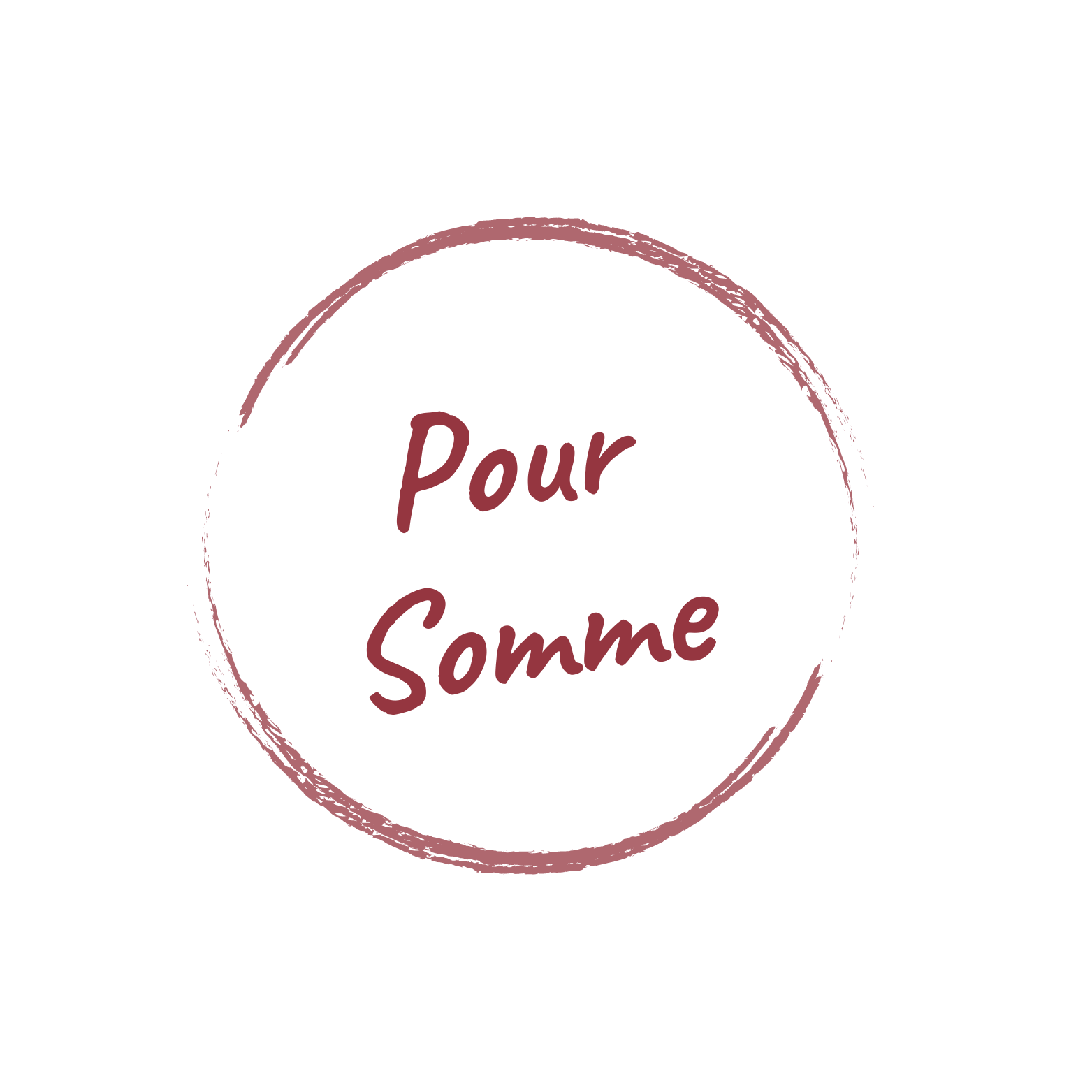What is rosé wine? You should probably brush up on this delicious type of wine.

What is rosé? Is it mixing red and white wines? Does it mean you made white wine on the skins? Perhaps some other fruit has given the color?
Actually, none of the above.
While the earliest rosés were probably watered down red wine thousands of years ago, today we generally use rosé to mean a wine that has had less skin contact than a red, though a few other viniculture methods might go into making this drink.
Don’t worry, rosé is actually a lot easier than it sounds.
What is rose wine?
Rosé wine isn’t one particular grape variety, instead it’s a method of making wine that creates the pink color. If you could go back in time, you’d likely see plenty of pinkish wine that didn’t go through the whole process to make red (more on this later). In modern times, rosé has exploded in popularity as a highly-drinkable and refreshing wine, especially in the warm summer months as it’s often served chilled.
What is rosé wine vs. red wine?
Ever seen the I Love Lucy episode when Lucy makes wine by stomping on it? This technique likely goes back to at least the Ancient Romans and possibly quite a bit earlier. It really does work best for red wine, though, since the juice and the skins sit together in that giant vat as Lucy’s foot (or yours) crushes the fruit. In fact, if you squeeze a wine grape, the juice is usually perfectly clear as it comes out and only picks up color from sitting on the skins, especially when alcohol is involved. For red wine, you want the most skin contact and for white wine, the least. Rosé and orange wine are in the middle, meaning the juice spends limited time with the skins.
What kind of wine is rosé?
You could truly use any red grape to make a rose, but some varietals seem to lend themselves to it better than others. In California, most rosé is pinot noir but in Europe this tends not to be the case. Tavel, a famous French rose, relies predominantly on grenache, which you’ll see a lot of in the Cote du Rhone.
Is rosé wine sweet or dry?
It can be both, and you’ll need to think carefully about which kinds of wine you want. You may have heard the famous White Zinfandel story, said to have sparked the rosé movement in America. This type of “rosé” is unequivocally sweet, but it’s not the most common drink today.
One thing we want to note: People often mistake “fruity” for sweet, which makes a lot of sense when you look at how your brain thinks about flavors. But a dry rose has very low residual sugar, so you aren’t tasting that, even if it’s fruit-forward.
Which bottles should I buy?
We stay away from trendy on this one and instead recommend you figure out what your palate is craving. It’s easy to buy a bottle under $30 (or even $20) of this style because most rosé wine is drunk relatively young. You should be on the lookout in late spring for last year’s vintage to hit the shelves and stock up for the season. Stay tuned for our 2025 recommendations!
